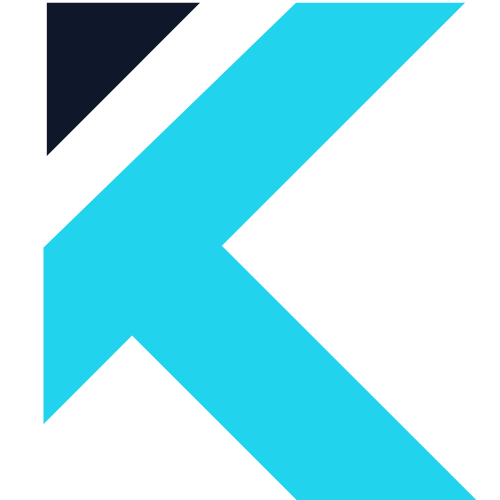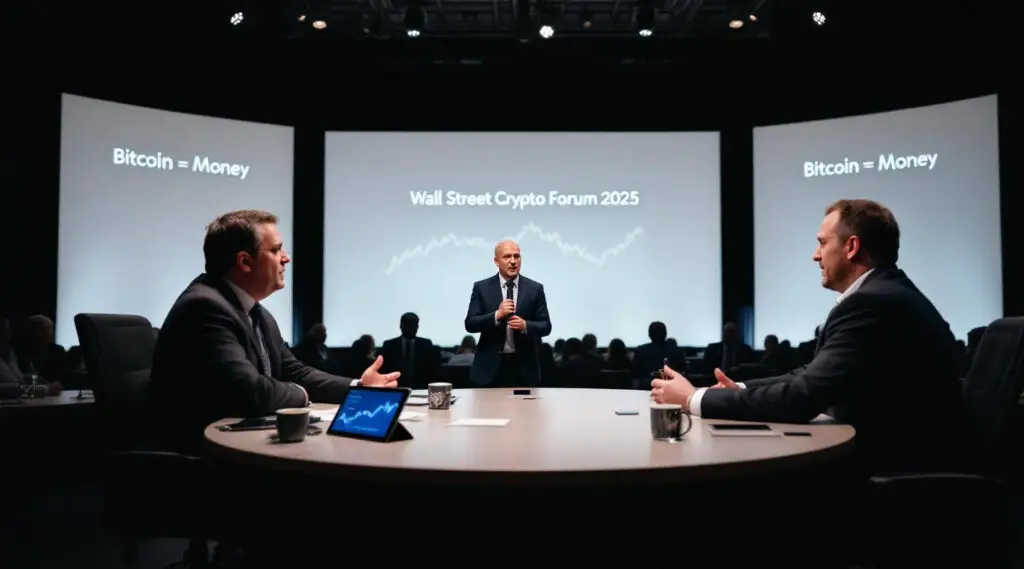Shiba Inu Burn Rate Sparks Innovation
Shiba Inu (SHIB) is changing from a meme coin into a major player in the world of cryptocurrency innovation. Its community-driven burn projects have grown quickly, making things scarce and sparking new interest. Shiba Inu’s model shows how engagement can change tokenomics and lead to new fintech developments. Analysts say the price could rise by 608%.
This trend opens up some interesting possibilities for payroll systems that use cryptocurrency. Companies can use the same ideas to create new financial structures that use community participation and scarcity mechanisms to increase value.

Community Engagement Drives Scarcity
The Shiba Army, which is the name of the Shiba Inu community, is very important to the value of the token. Members actively lower the supply of coins in circulation and raise their value by working together to burn coins and market them. This group effort builds stronger loyalty and keeps you in the public eye.
Community-driven projects show that decentralized efforts can have a real impact on how the market works. Their effects go beyond price; they build trust and give token holders a common goal.
Crypto Payroll Takes Inspiration from SHIB
The Shiba Inu burn model is a good example of how to come up with new ways to pay people in cryptocurrency. Companies can set up systems where a part of the tokens they give out are burned every time they pay their employees. This plan can make tokens harder to get while also rewarding workers who are active.
Adding these kinds of burn strategies to payroll systems could make tokens worth more over time. It also aligns employee incentives with long-term network growth, which makes the financial ecosystem more active.
Recommended Article: Shiba Inu Poised for Rally Despite Shibarium Concerns
Expanding Access Through Crypto Payroll
Crypto payroll systems can help people who don’t have bank accounts by giving them ways to get paid. Payments made with blockchain are safe and easy to use, making them a good alternative to traditional banking. For instance, in places like Nigeria, crypto payroll programs are already helping to fix important problems with the financial system.
These systems can get around geographic and regulatory barriers, making it easier for more people to access economic opportunities. Companies can use decentralized technology to offer payroll services to communities that have not been served well by traditional finance.
Tackling Volatility in Payroll Systems
Managing price swings is one of the biggest problems with crypto payroll. Companies can reduce this risk by paying employees in stablecoins that are tied to fiat currencies. This method keeps employees’ buying power stable, even when the crypto market changes.
Also, automated smart contract systems can make sure that payments are made on time and cut down on administrative costs. These new ideas make it easier for both employers and employees to use crypto for payroll.
What Shiba Inu Can Teach Fintech
Shiba Inu’s community engagement and burn strategy worked well, and fintech can learn a lot from it. Startups can make strong financial products by putting user involvement, scarcity-driven economics, and clear mechanisms at the top of their lists. These rules are especially important in new markets.
SHIB-inspired crypto payroll solutions could connect traditional finance with decentralized innovation. They give us a chance to think about how value and participation are linked in financial ecosystems.
Shiba Inu Burn Rate Surge Signals New Era for Payments and Payroll
Shiba Inu’s burn model isn’t just a trick to get people to join the community; it’s a way to get more people to come up with new ideas. As fintech startups look into crypto payroll, they could learn from SHIB’s success and create new, more inclusive financial services. Engagement and scarcity could be two of the most important parts of payroll systems in the future.
In the end, Shiba Inu’s strategy shows how grassroots crypto movements can change the way mainstream finance works. The rise in the burn rate could be the start of a new era for payments and payroll.



















